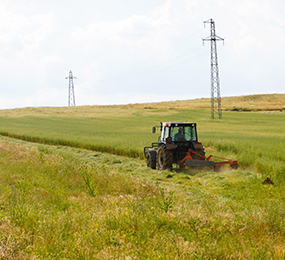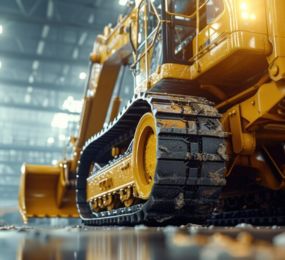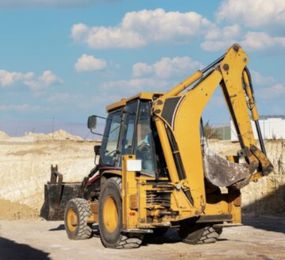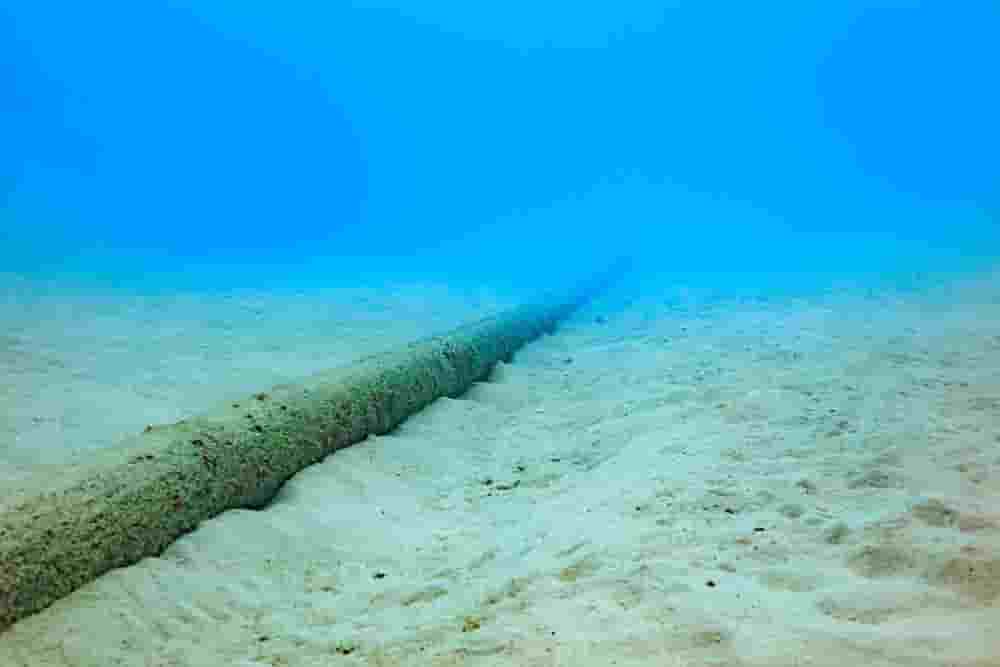Accelerating NRMM Electrification to Achieve Net-Zero
These environmental and health problems, together with the pressing requirement to fulfill global net zero objectives, make it imperative for operators to convert to sustainable transportation. Electrification of public transportation vehicles such as buses has already demonstrated its efficacy in lowering pollutants and energy usage. This means of transportation is more environmentally friendly and efficient.
Now is the moment to apply technology and expertise to expedite the decarbonization of big industrial vehicles such as ships, buses, excavators, underground mining trucks, and many more.
How are we going to make it happen?
Establishing partnerships with OEMs and system integrators is a highly effective way to accelerate the electrification process. These apply not only to new vehicles, but also to retrofit projects such as replacing a diesel engine with an electric powertrain.
Nasta AS in Norway, for example, is collaborating with ABB to rebuild Hitachi construction vehicles, such as excavators, for electric operation using either battery power or a direct cable connection. An existing diesel engine is retrofitted with new powertrain components such as electric motors and drives, as well as an energy storage system and charging solution, as part of the conversion operation.
Major industrial actors must actively advance decarbonization by increasing traction powertrain productivity and energy efficiency. Such sustainability programs must utilize solid, established technologies for the complete powertrain system in order to be truly legitimate and effective. Electric motors can attain 95% energy efficiency with the correct technology, compared to the maximum 45 percent efficiency of diesel engines operating in their optimal load range.
Infrastructure is required.
Electrically powered vehicles require infrastructure to function, either to provide power directly or to recharge onboard batteries. To transition to electrification technology, operators must first identify and select the best type of infrastructure.
There are various ways to power industrial vehicles using electricity. Rechargeable batteries or overhead catenaries for vehicles that follow predetermined routes, or a mix of the two, are examples.
Implementing the best solution for each application necessitates creative thinking. ABB, for example, built and installed a 700m catenary line to power heavy-duty mining vehicles traveling uphill at the Aitik copper mine in Sweden. The pilot project is estimated to save around 830,000 gallons of fuel each year, resulting in a reduction of 2,200 tones of CO2 emissions. Simultaneously, the mine lowered greenhouse gas emissions by up to 80% along the routes where the technology was applied.
A hybrid strategy employing diesel engines and electric motors is also conceivable with ferries and some trains when catenary infrastructure is lacking. The diesel engine may then operate within its optimal load range, maximizing efficiency and lowering pollutants.
Making the Change
An electric motor and a traction converter are the two most important components of an electric powertrain. Electric motors for industrial and transportation vehicles must be more durable, powerful, and have a longer service life than those used in passenger vehicles. They are often used to power constantly moving trucks weighing 10 tons or more for extended periods of time.
A traction converter adjusts the voltage and frequency of the power supplied to the motor to meet the demands of the vehicle. Because this process influences all other components in the engine, it is critical to choose a high-efficiency converter. Modern converter technology has the potential to lower energy use and expenses by up to 20%.
Electric motors and traction converters can also be used in regenerative braking systems to recover energy lost as heat during braking. Regenerative systems are already widely used in road and rail vehicles, and they are becoming more prevalent in industrial electric vehicles.
Emissions targets are becoming increasingly rigorous as regulators throughout the world set them. As a result, applying electrification technology to industrial electric vehicles, buses, and boats is an obvious and required step toward industrial decarbonization.
Visit our website to know more: https://bit.ly/3UZP3yg
For more information and group participation, contact us: [email protected]
Leadvent Group - Industry Leading Events for Business Leaders!
www.leadventgrp.com| [email protected]
















